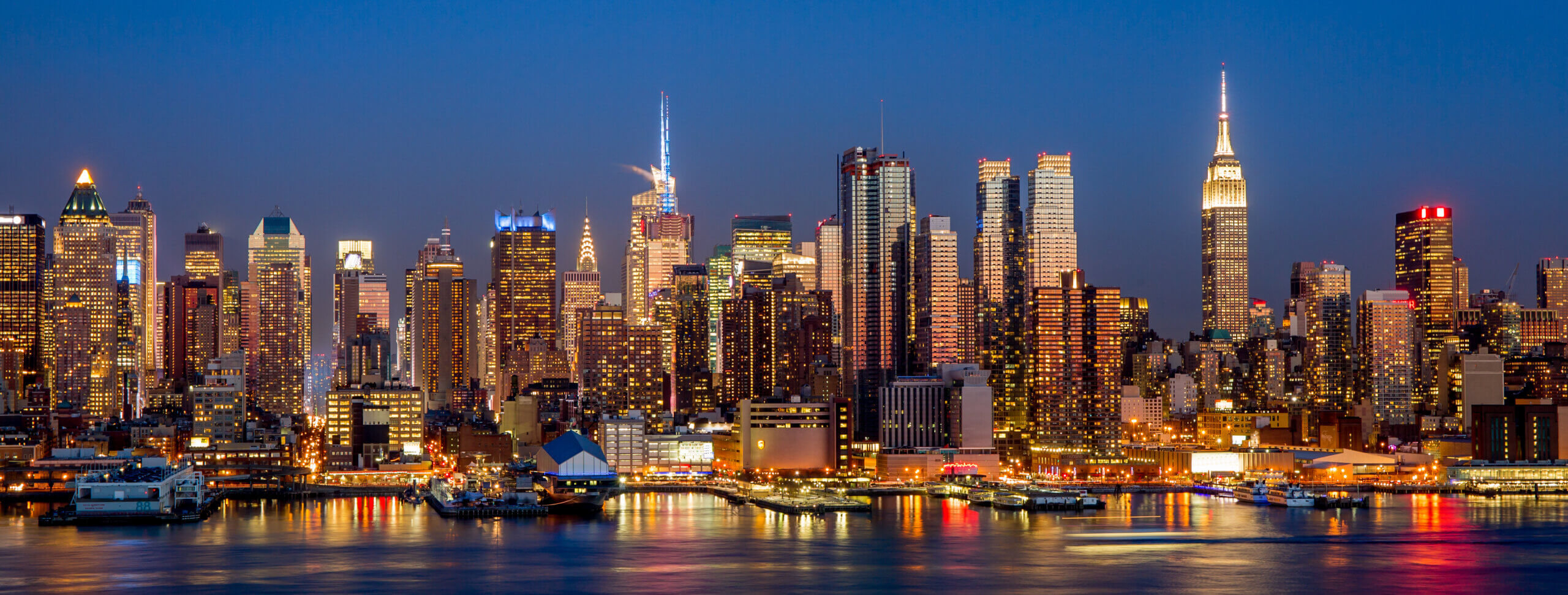
As more cities continue their outward sprawl, a new problem faces urban legislatures – artificial light pollution.
Local governments have set their focus on enacting legislative plans to reduce light pollution in America’s biggest cities. In New York, for example, the Dark Skies Protection Act is currently working through the state house in order to:
regulate outdoor night lighting to preserve and enhance the state’s dark sky while promoting safety for people, birds, and other wildlife, conserving energy, and reducing our carbon footprint, and preserving the aesthetic qualities of the night sky. [1]
Electric lighting accounts for approximately 40 percent of all commercial building energy consumption in the United States, accounting for about 5 percent of total energy consumption in the US. Lighting is costly, particularly in areas where utilities impose peak demand charges for afternoon electricity usage. The cost of lighting a 10,000 sq ft office building, with connected lighting power of 20,000 watts, ranges from $4,600 to more than $8,300 per year. [2] One method of curbing this usage level is smart lighting controls.
Smart lighting control systems are smart networks of lighting controls which allow the end user control of the lighting in a particular environment. It is an intelligent wired and/or wireless network control system that incorporates communication between many interconnected input and output lighting devices using a centralized computer operating system.
These smart lighting control systems are employed to maximize the energy saving potential, to maintain building code, or to comply with green energy and energy conservation programs such as the Dark Skies Protection Act.
With lighting costs being one of the first areas developers and property owners address during energy efficiency planning, more and more companies have committed to making their commercial real estate properties more sustainable. Nuveen Green Capital can help building owners finance projects that will enable buildings to comply with emerging light pollution reduction regulations. Lighting control strategies such as:
- Demand response
- High/low end trim
- Daylight harvesting Timeclock
- HVAC integration
- Dynamic window treatment
- Occupancy Sensing
These measures provide owners with options to help bring down their lighting footprint. A retrofit to LED lighting can lead to significant electrical savings for older buildings, while new construction projects can position themselves as green and conserve capital with C-PACE financing. Some other benefits of using C-PACE to implement lighting control systems include:
- Preserving capital expenditure using C-PACE financing to replace old equipment
- Improving building value by dropping operating expense
- Tax assessment structure may allow pass-through on NNN leases and room surcharge
- Lighting is an important component of an overall healthy building – a quality that is increasingly sought after by tenants and an attractive asset to investors
C-PACE is a public-private financing program that provides attractive financing for energy efficiency measures. Funding is provided by private capital providers and repaid through a voluntary, non-accelerating property tax assessment over long terms (typically 20+ years). Nuveen Green Capital is the nation’s leader in C-PACE financing and is excited to help clients deploy technologies in their buildings that create greener, healthier, and more cost-effective buildings for their community.
To learn more about Nuveen Green Capital C-PACE financing for lighting control measures, or any other energy saving projects, visit our Get Started page to connect with a member of our team!
[1] https://www.nysenate.gov/legislation/bills/2021/s7663
